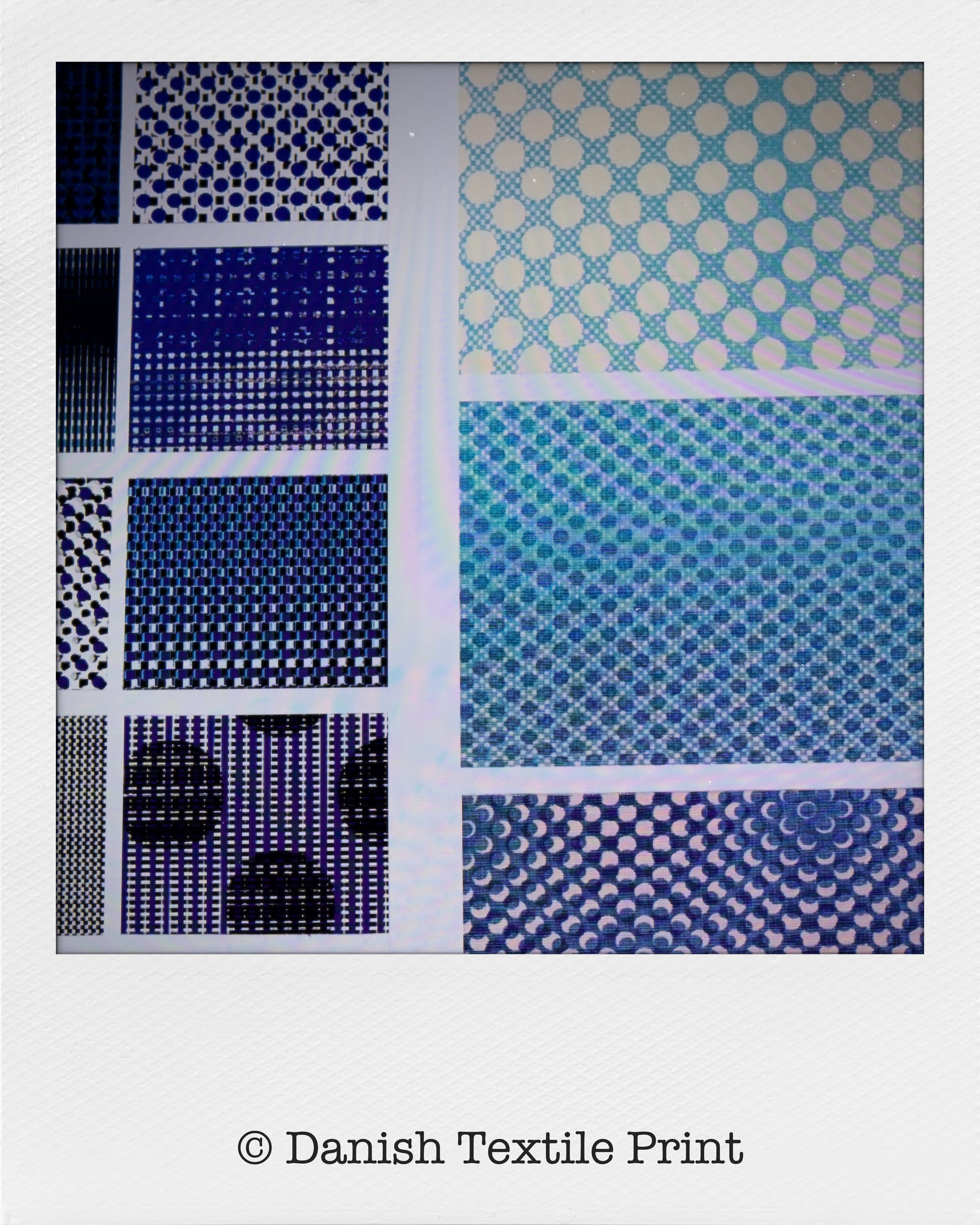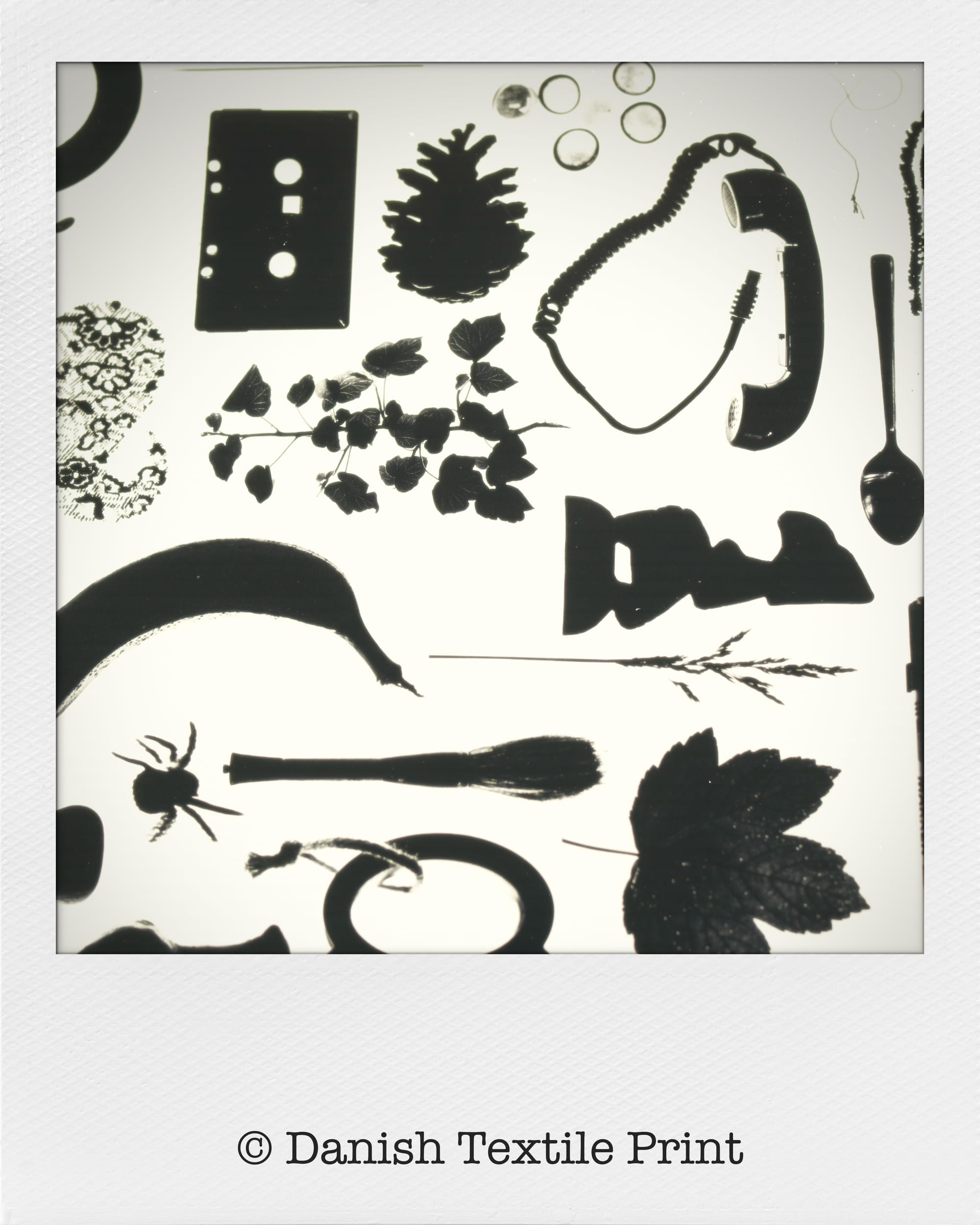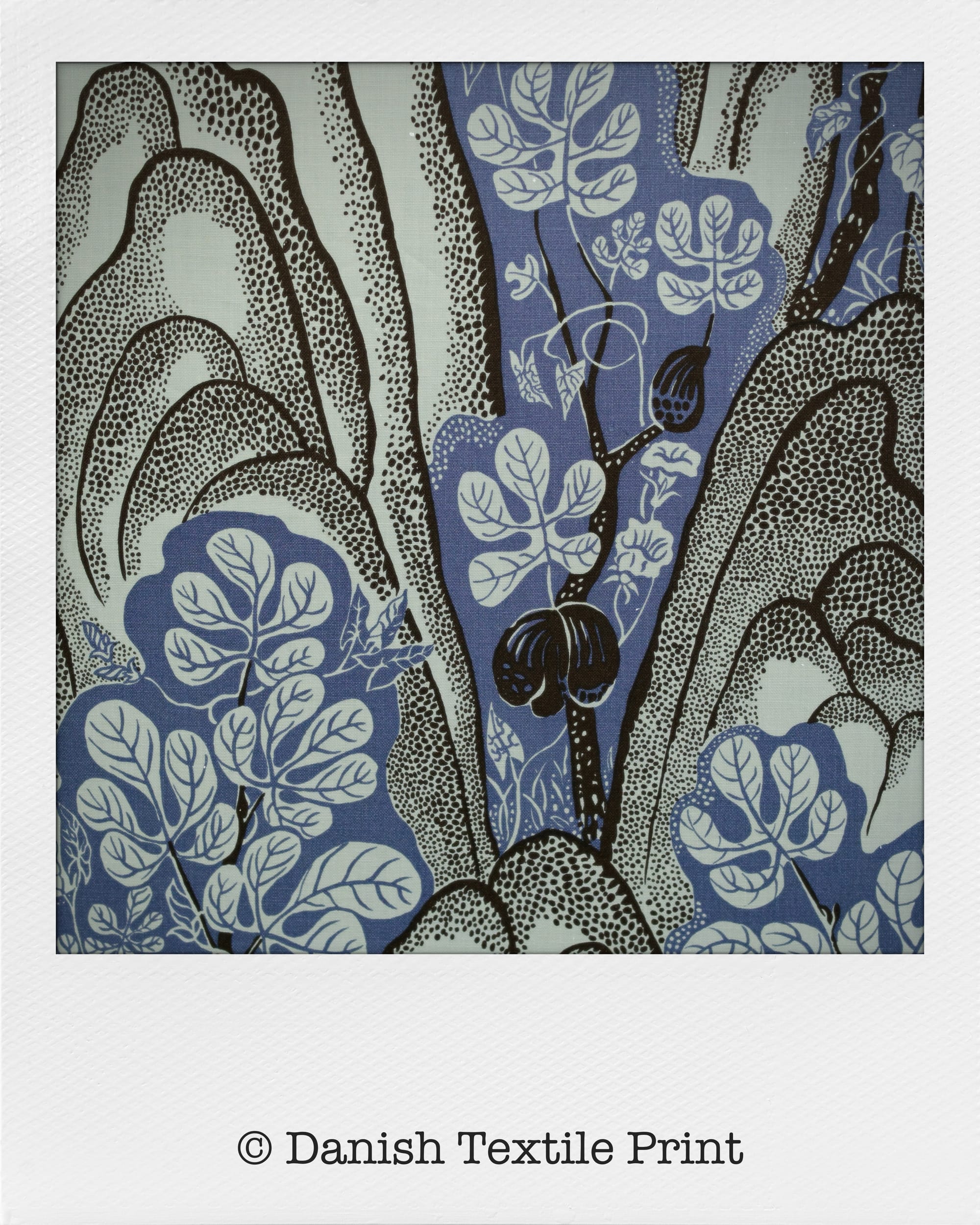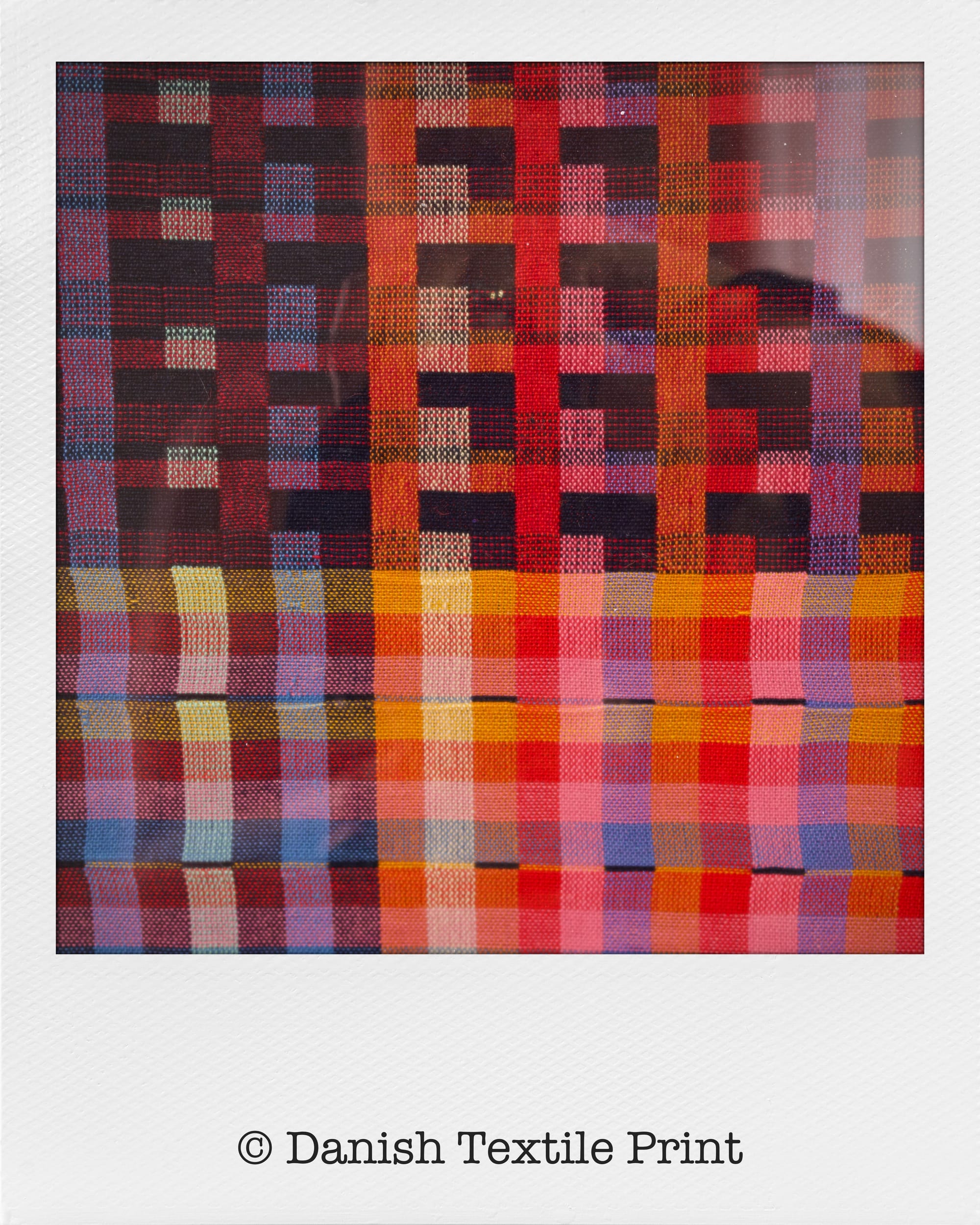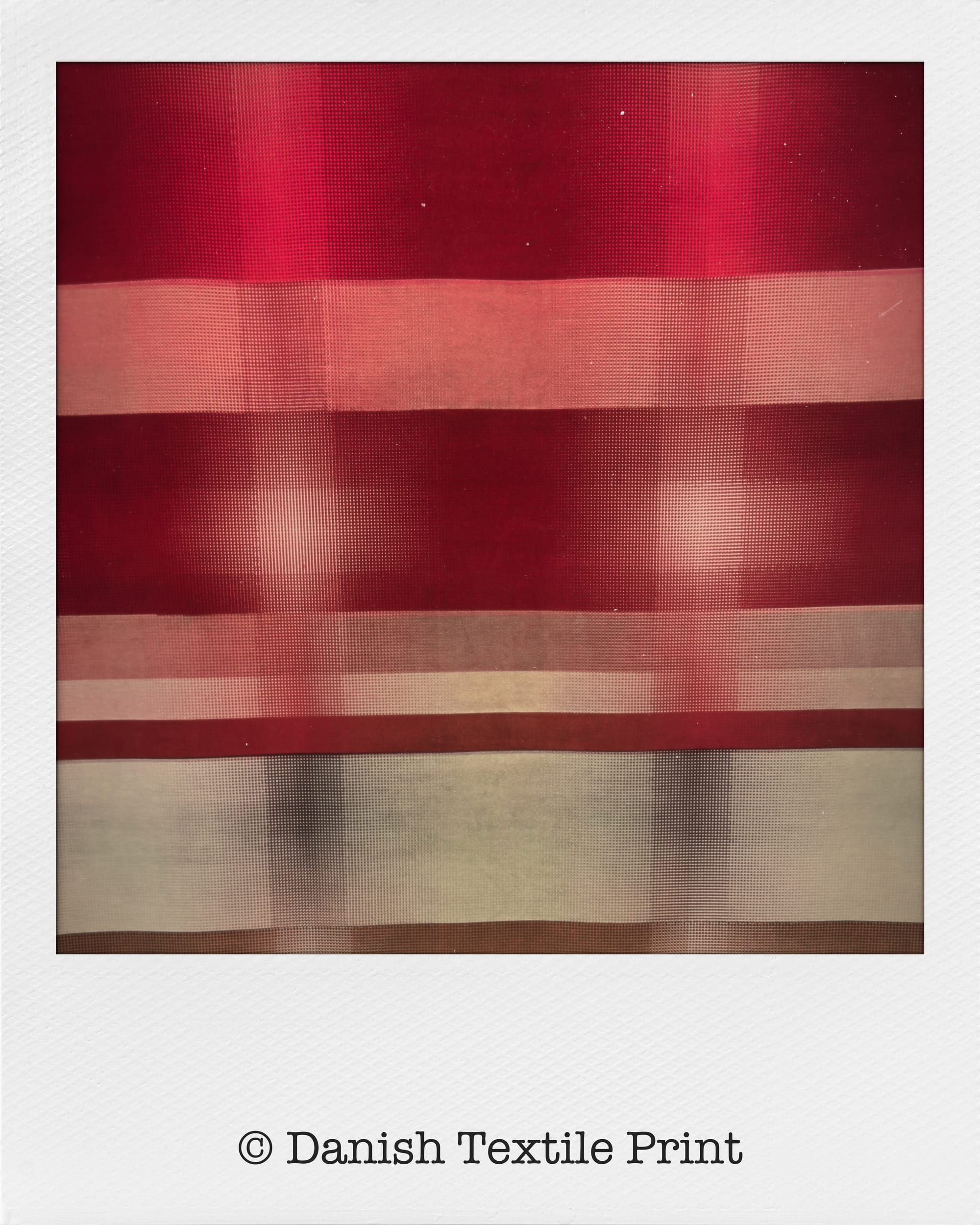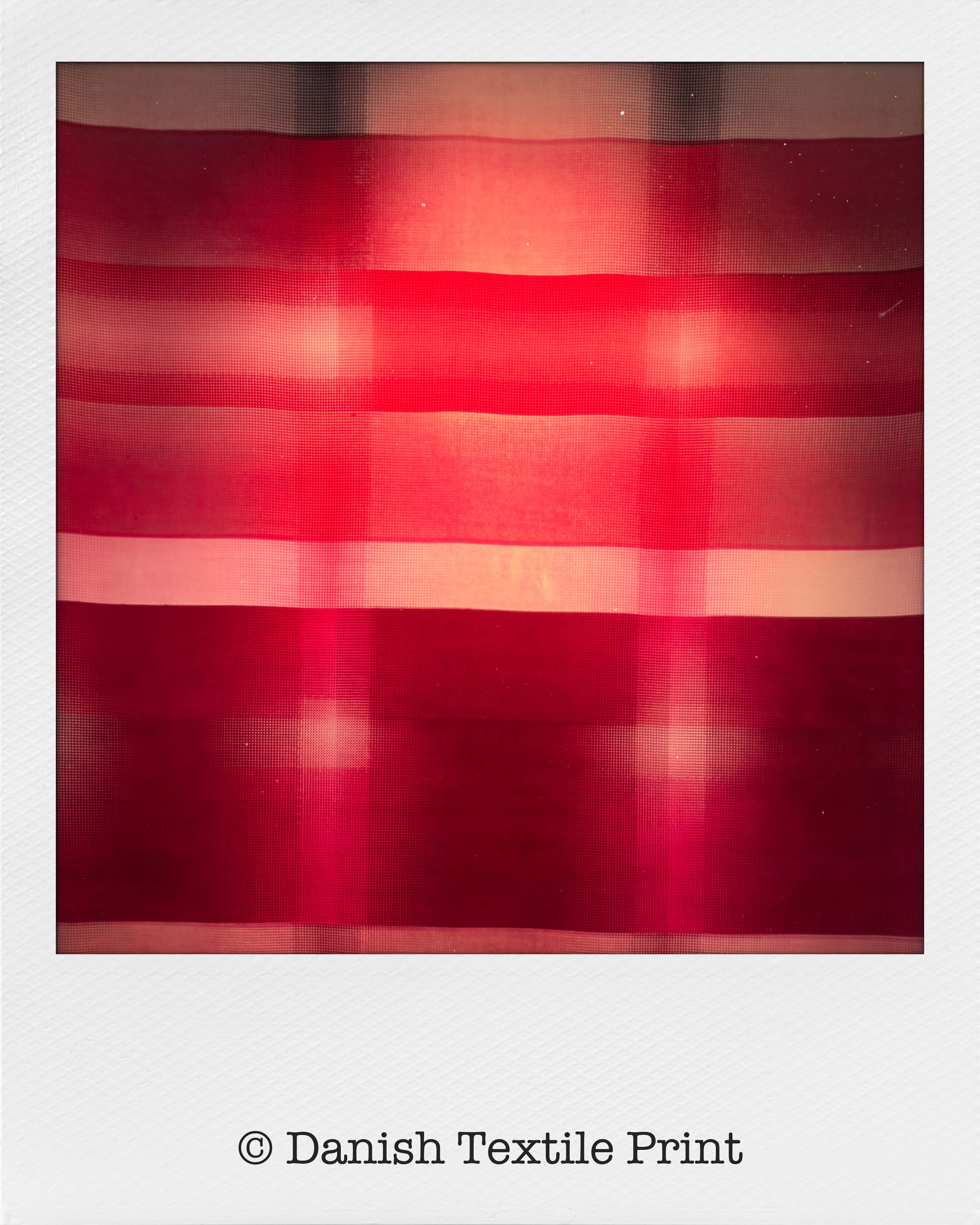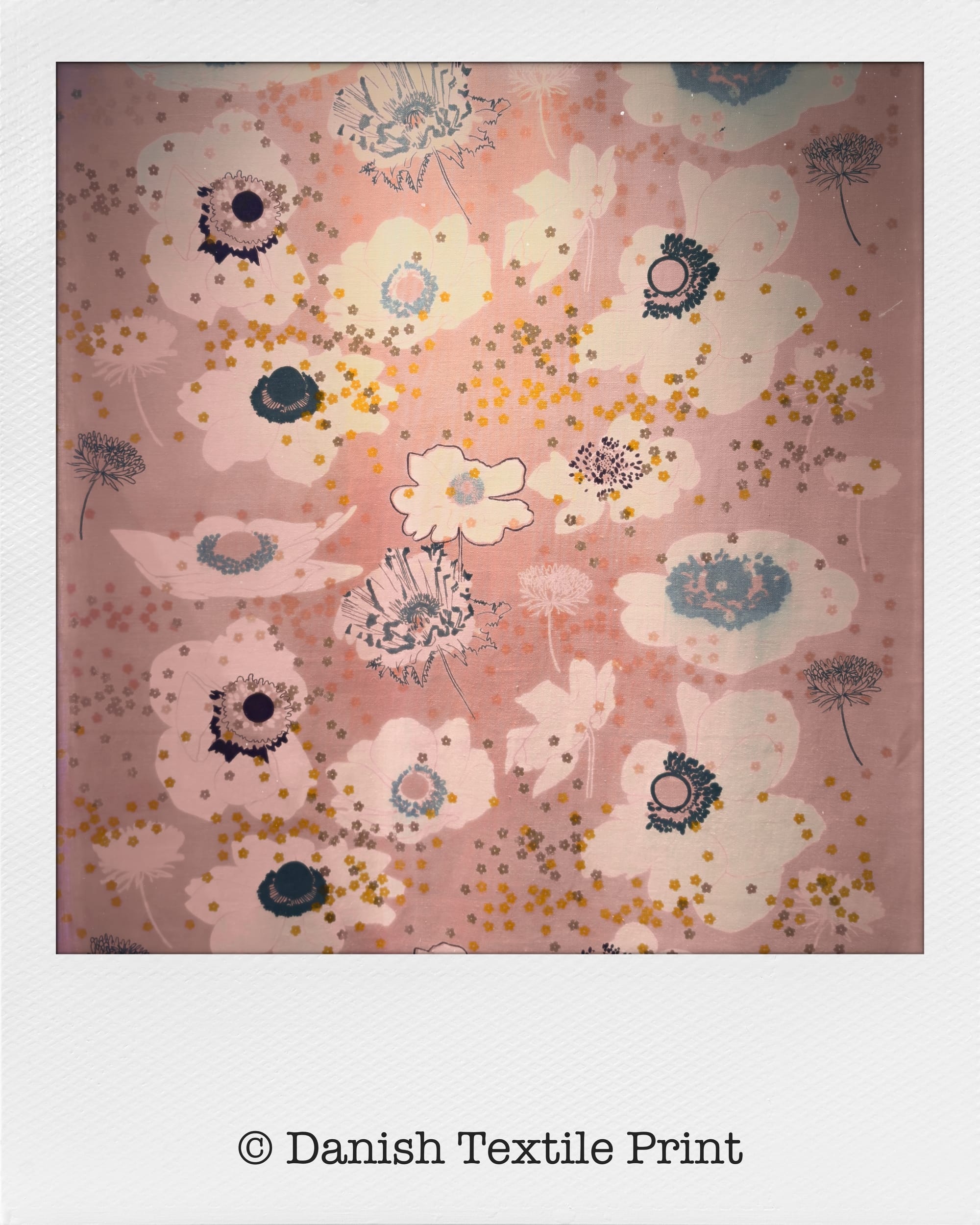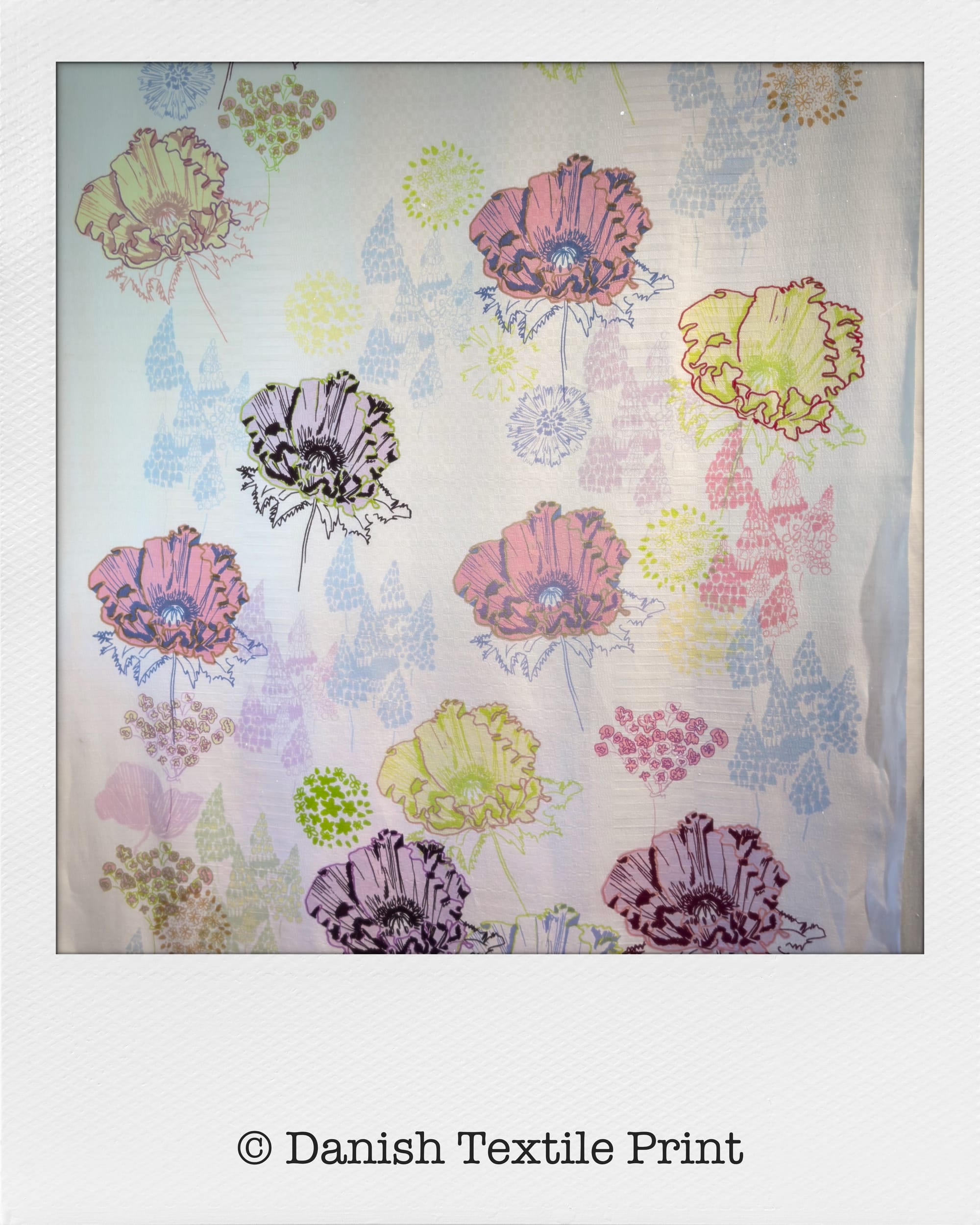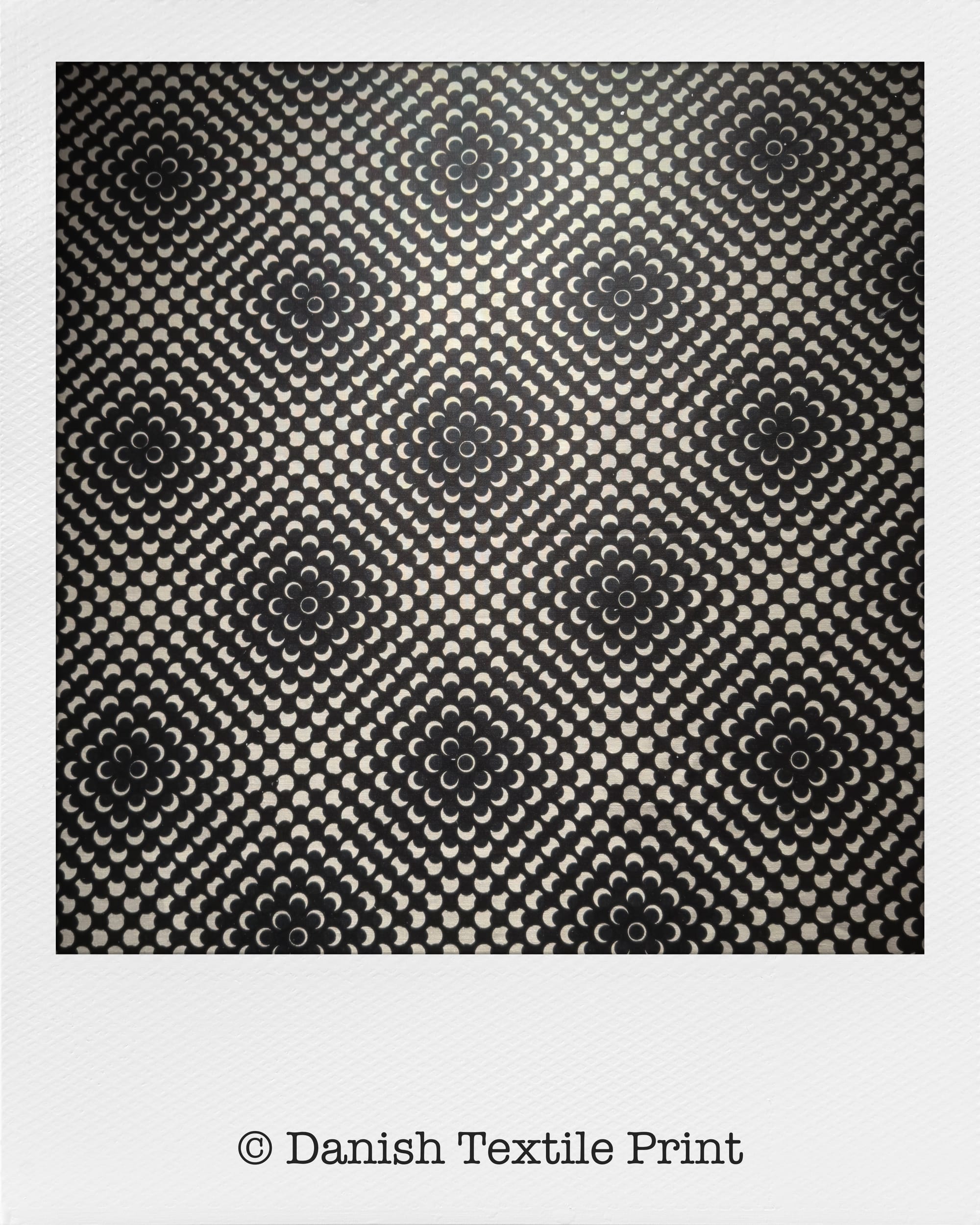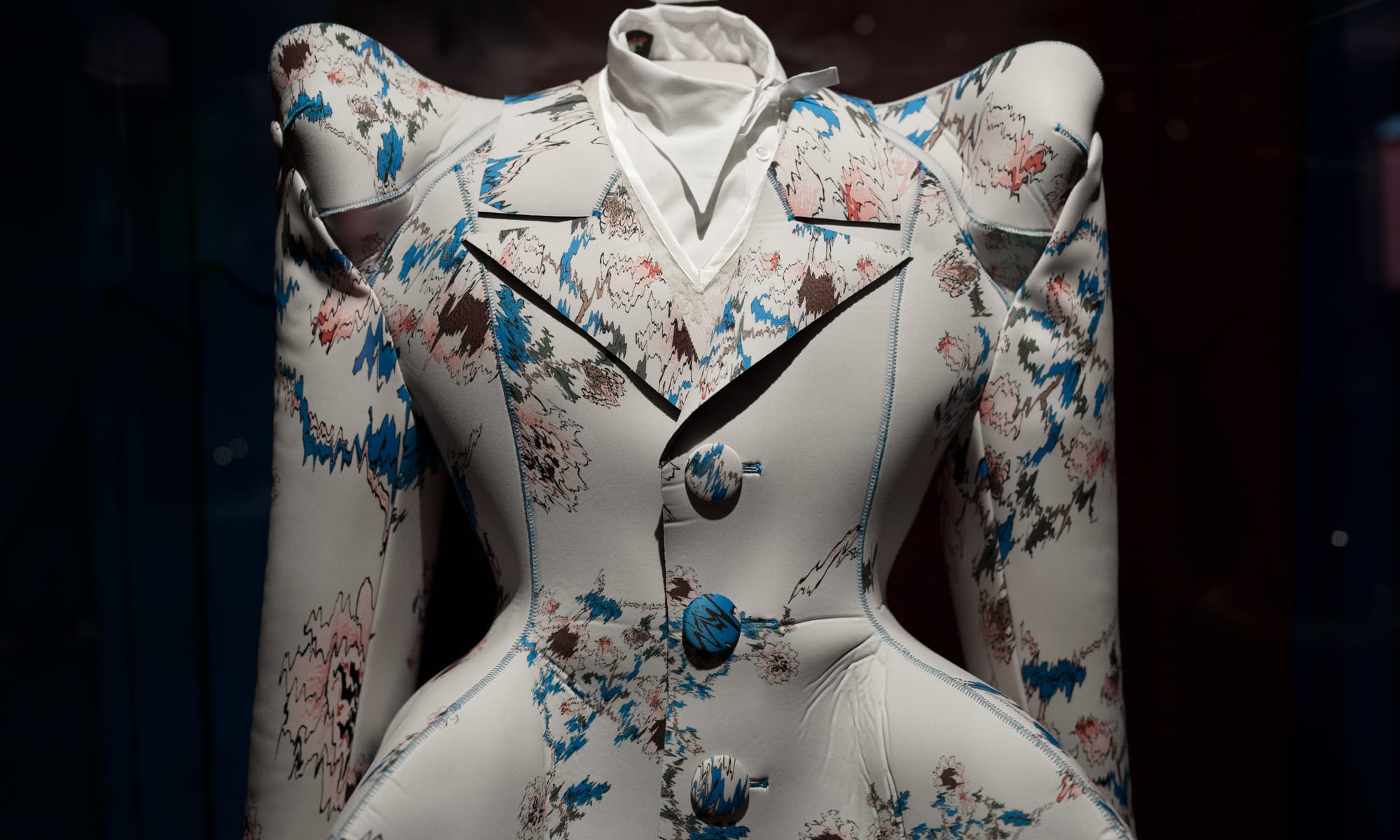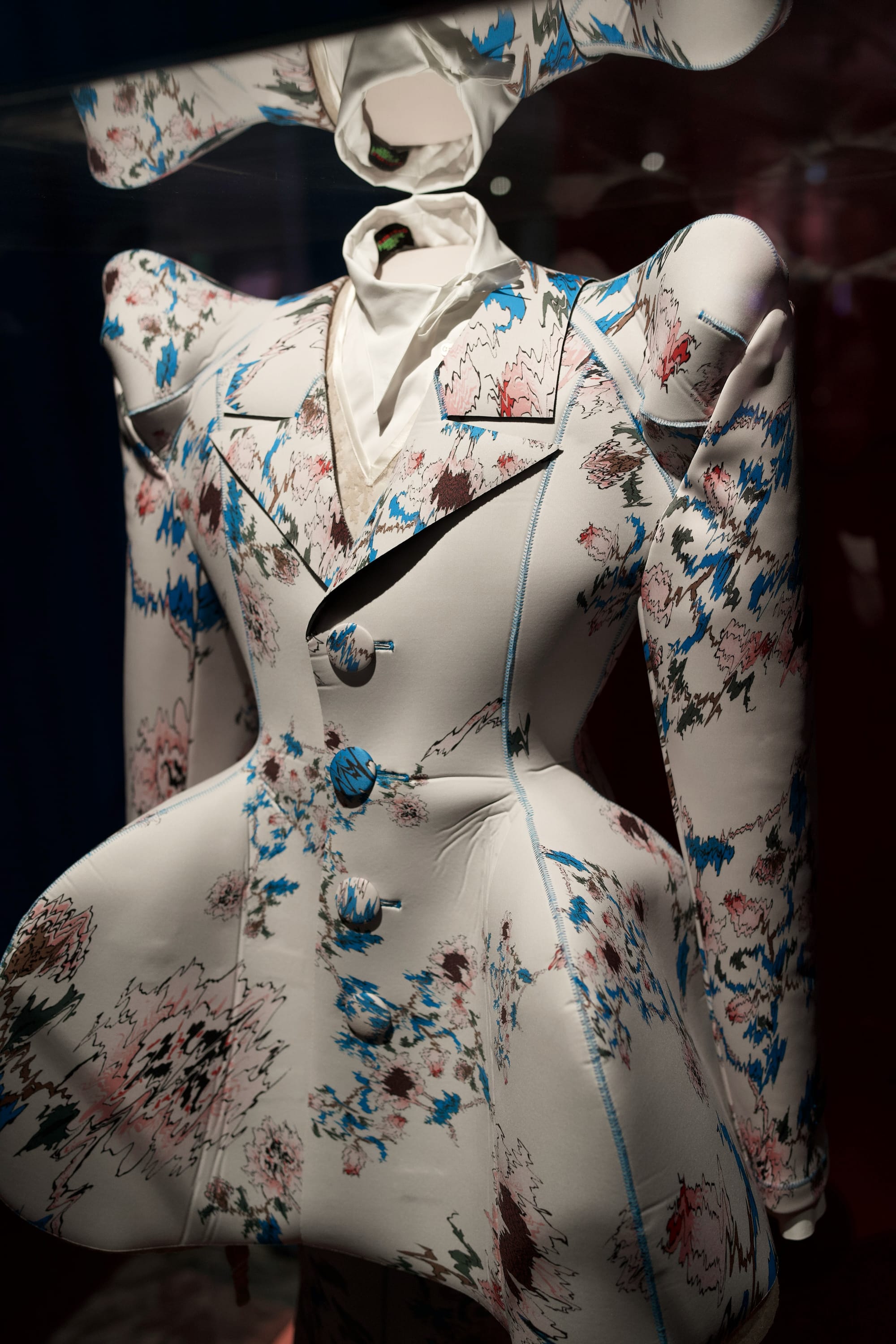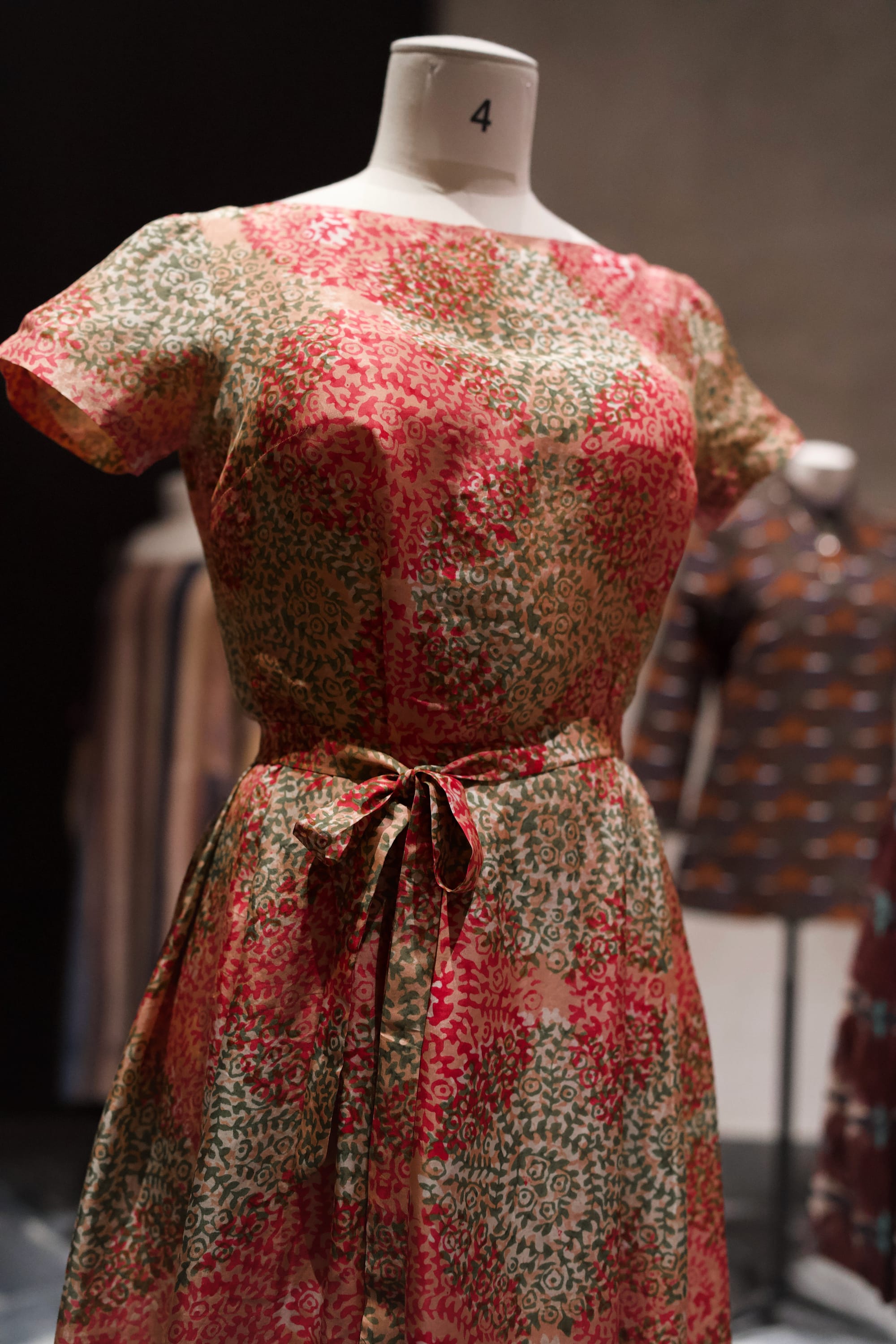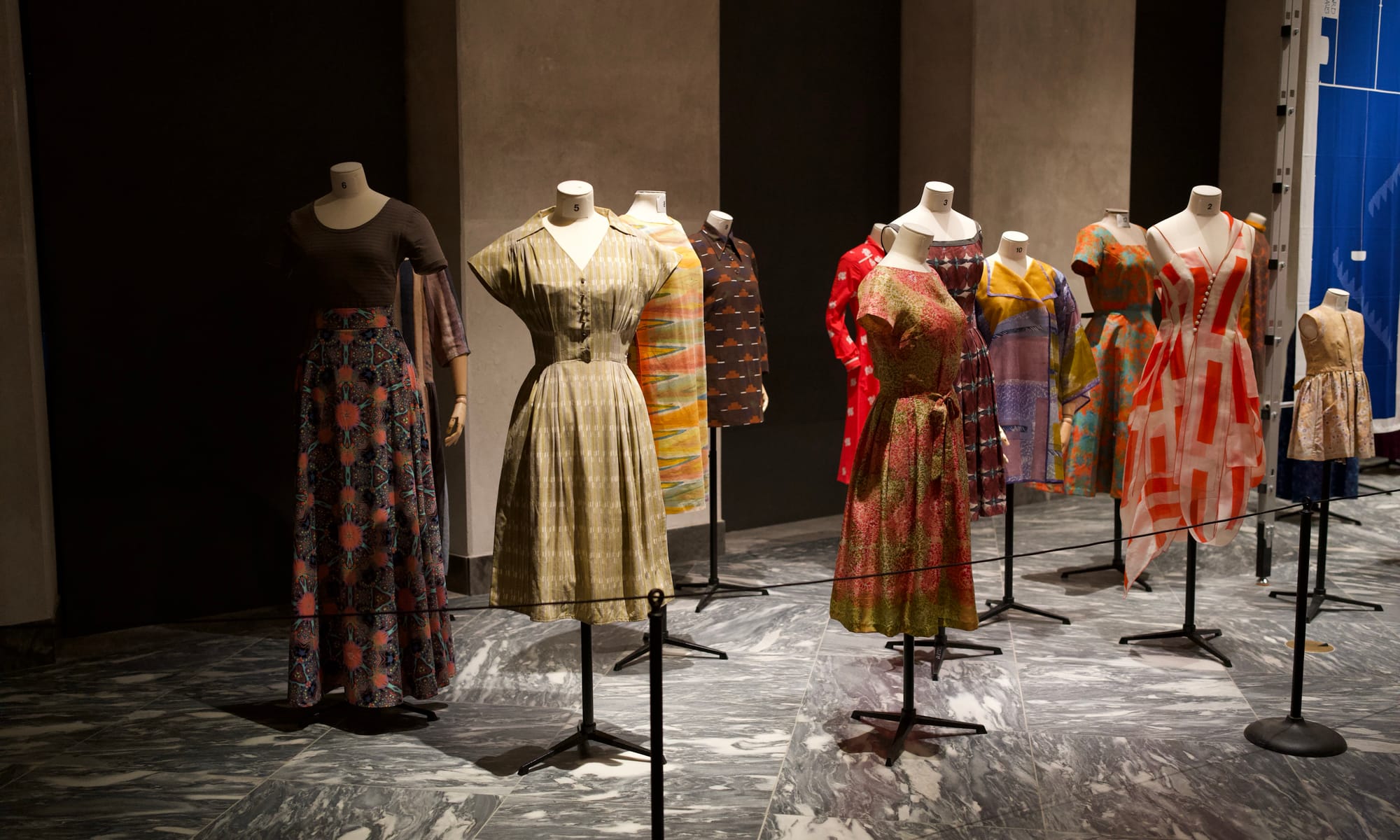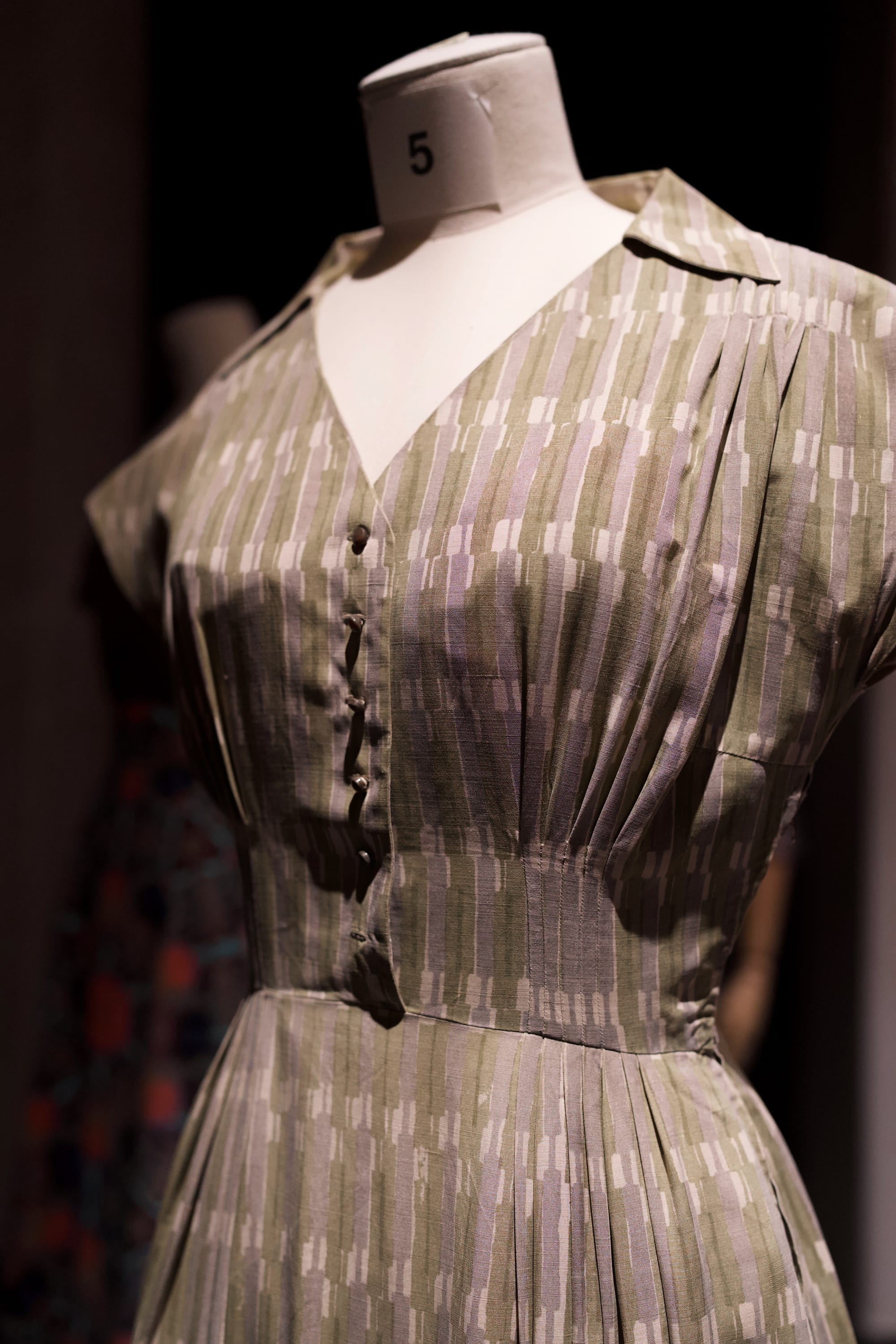Design Museum
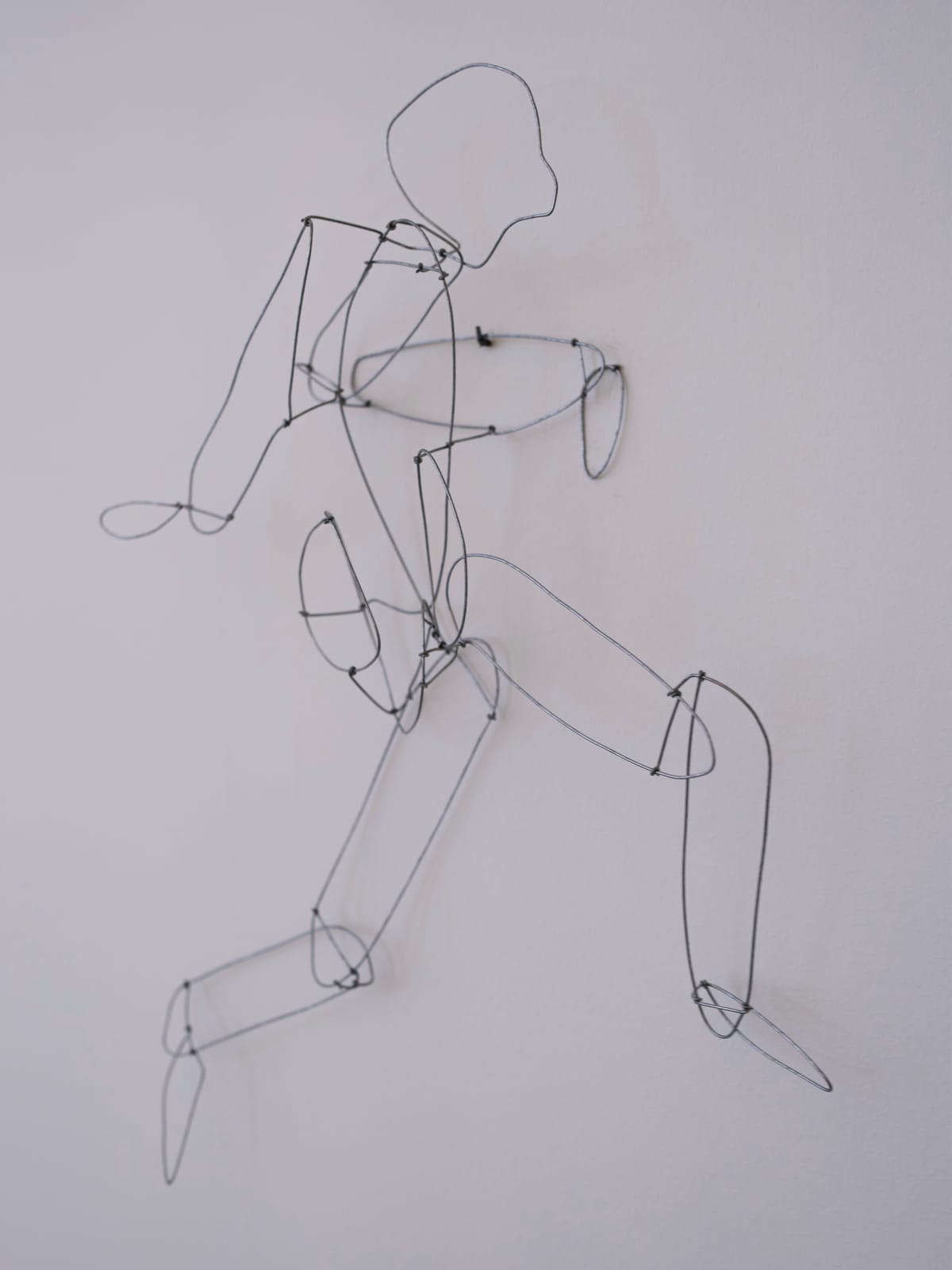
Designmuseum Danmark was founded in 1890 for the purpose of disseminating good design. Then, as now, we introduce the narrative of Denmark as a design hub and the value and potential of design.
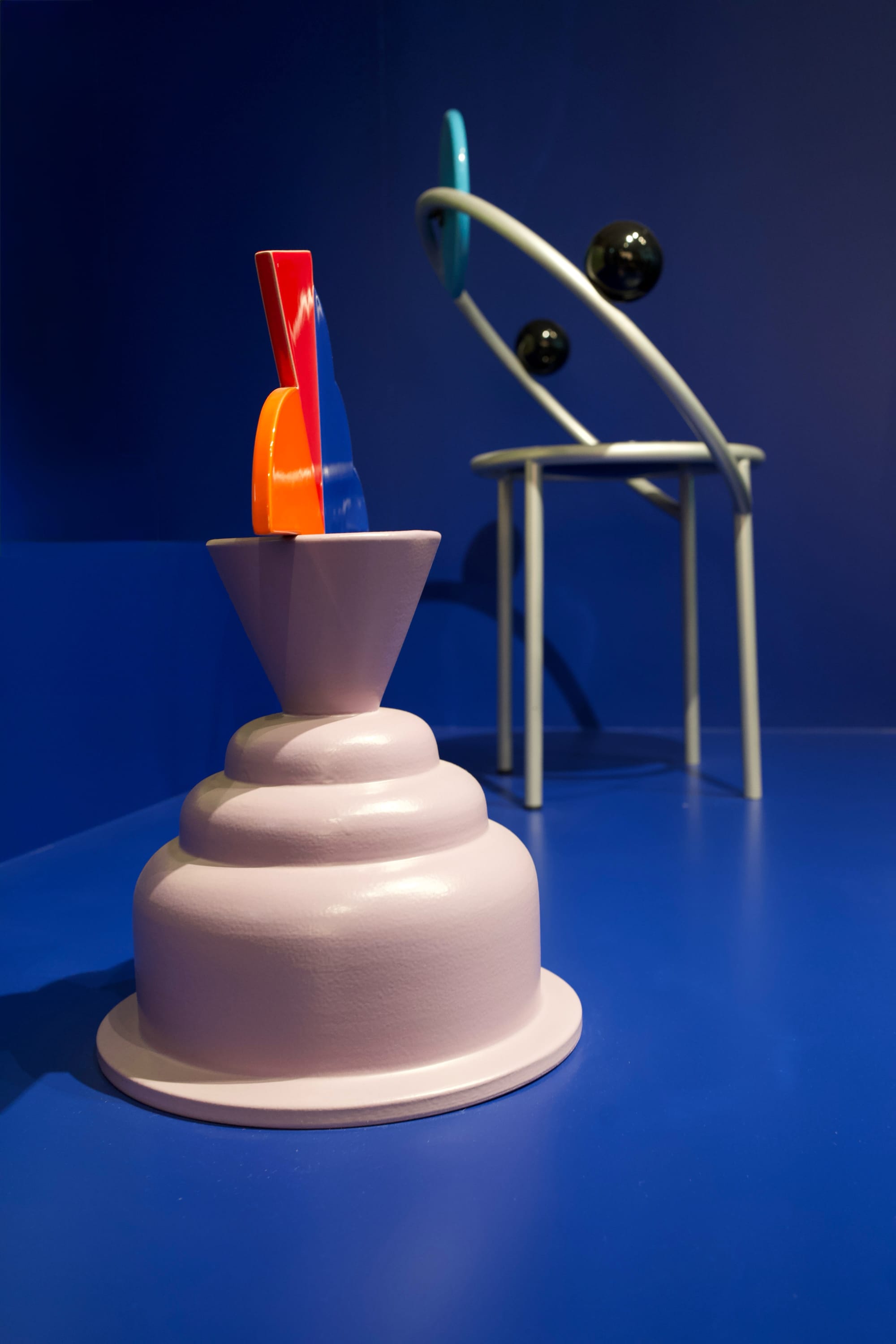
Anders Hermansen
An industrial and furniture designer
Anders Hermansen (b. 1960) is an industrial and furniture designer. He thinks with his hands, and always in three dimensions. While still a design student, he began to make products out of wire sketch chairs balancing became his preferred method of sketching rather than drawing.
After his graduation from the School of Decorative Art, in 1982, he developed a series of wite-sketch chairs balancing between sculpture and high-tech style. This work led to tesign commissions for Paustian, Louis Poulser Engelbrechts and more than 20 years as chlef Jesigner at Bang & Olufsen, followed by a position as chief designer and a member of the advisory board for the electronics firm LG.
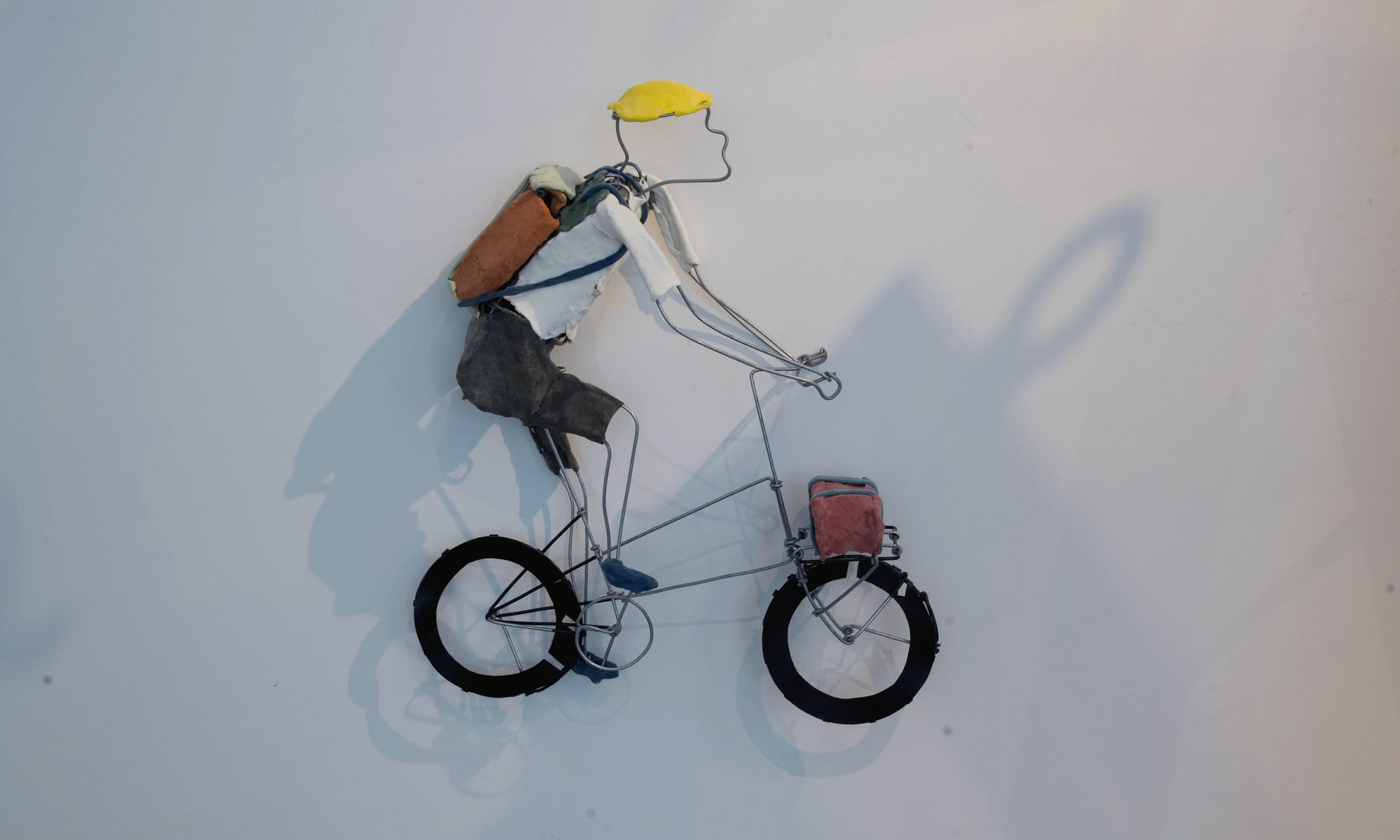
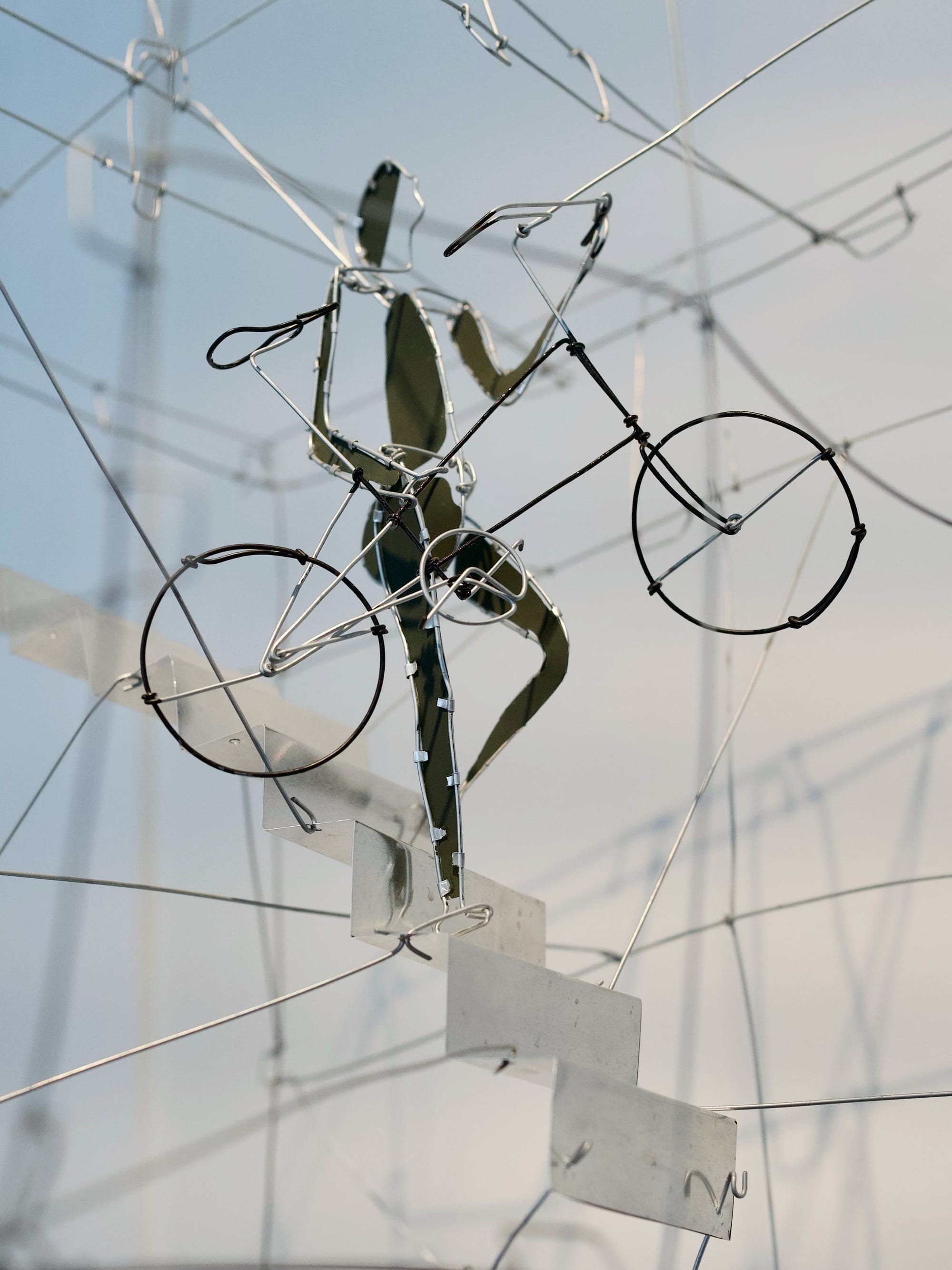
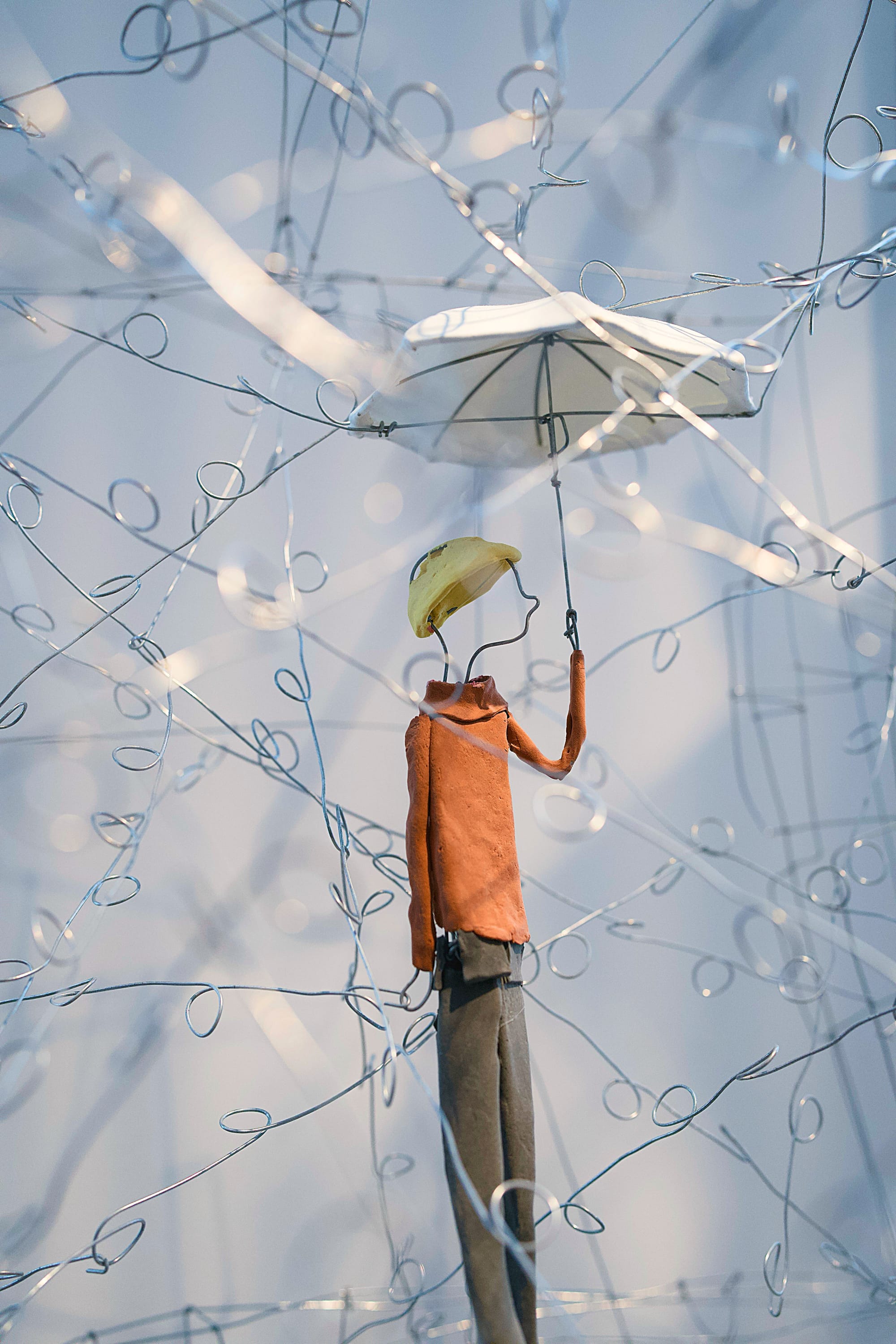
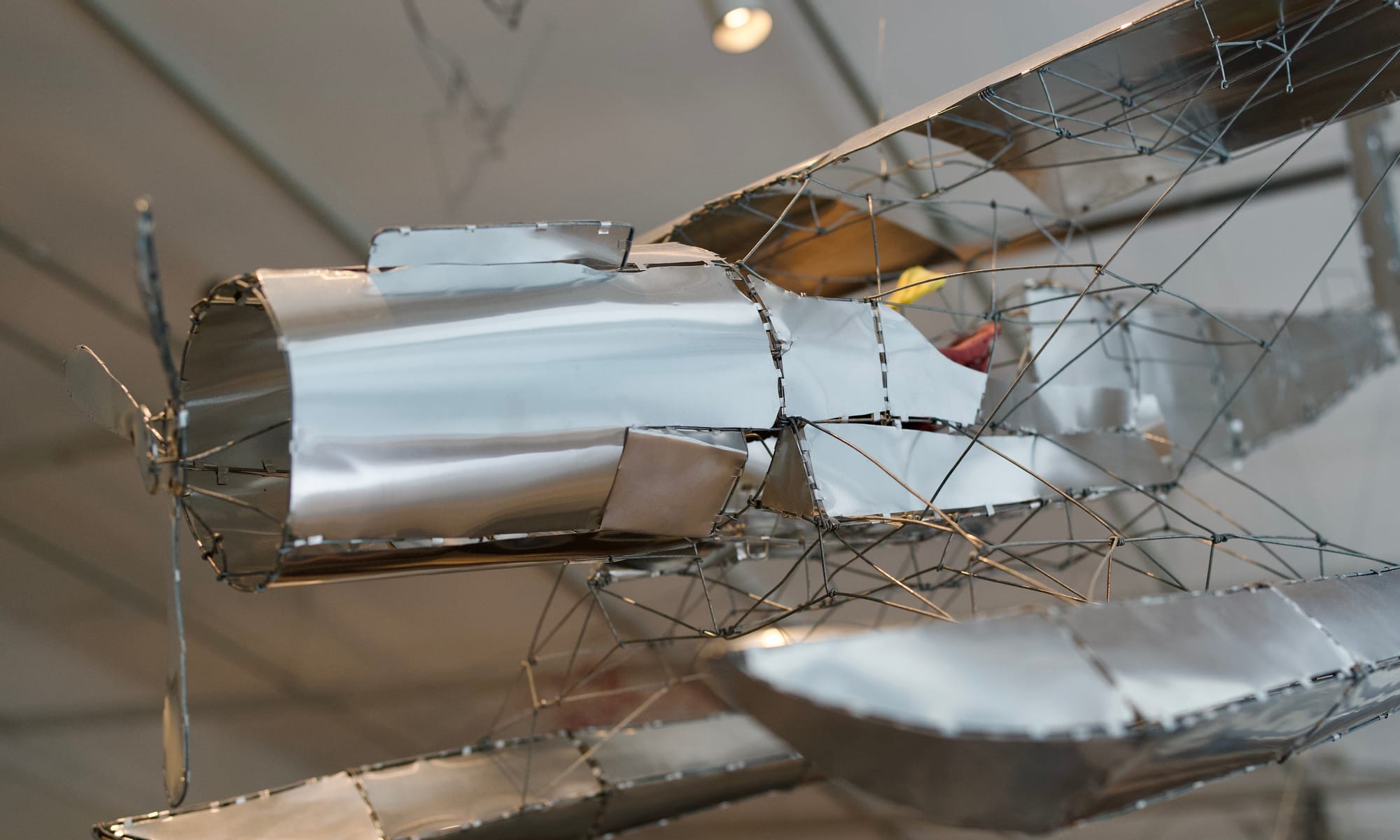
Danish Textile Print
Through 100 years
With the exhibition The Power of Print, Designmuseum Danmark takes a sweeping look at the development of Danish textile printing over approximately 100 years. The presentation highlights a craft that has been key in shaping the characteristic identity of the inter-nationally acknowledged Danish interior design culture through-out the 20th century.
The Danish tradition of solo studios and hand-printing has remained significant and strong throughout the 20th century. However, many textile printers and designers also worked with the textile industry, particularly after the Second World War, when a growing number of companies had the capacity to produce the artists' prints on an industrial scale. During this time, several Danish textile printers also created designs specifically for artisanal clothing, which became very popular in cultural circles.
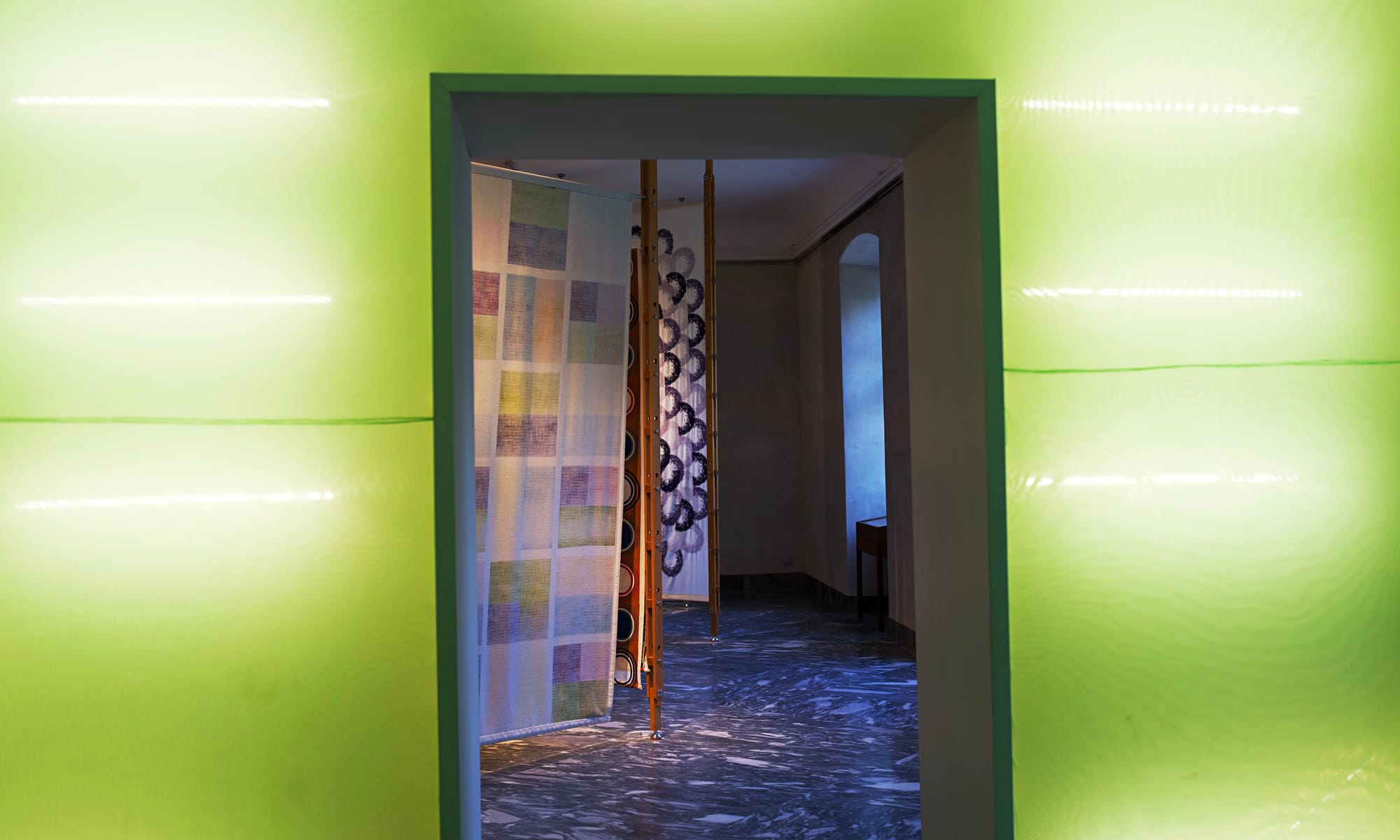
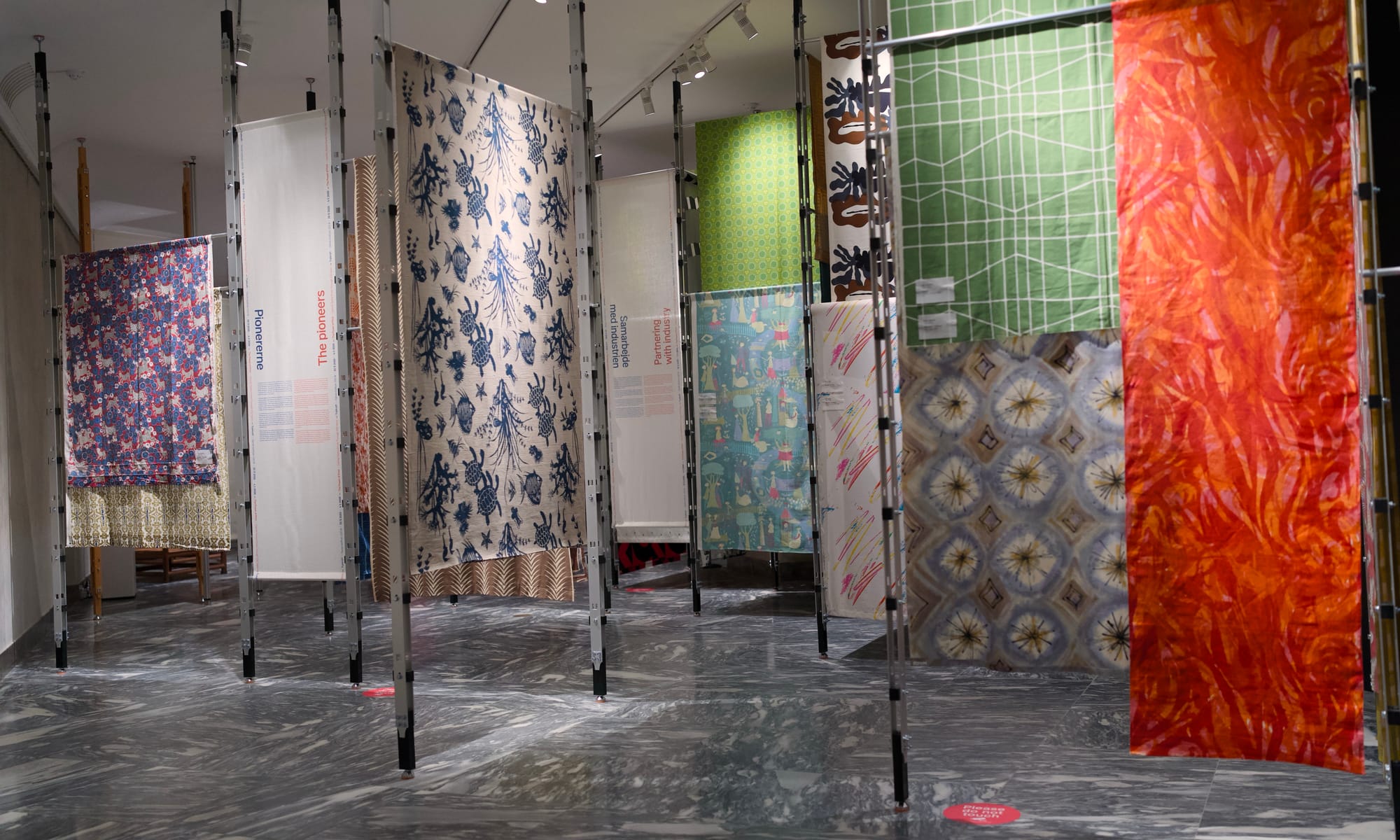
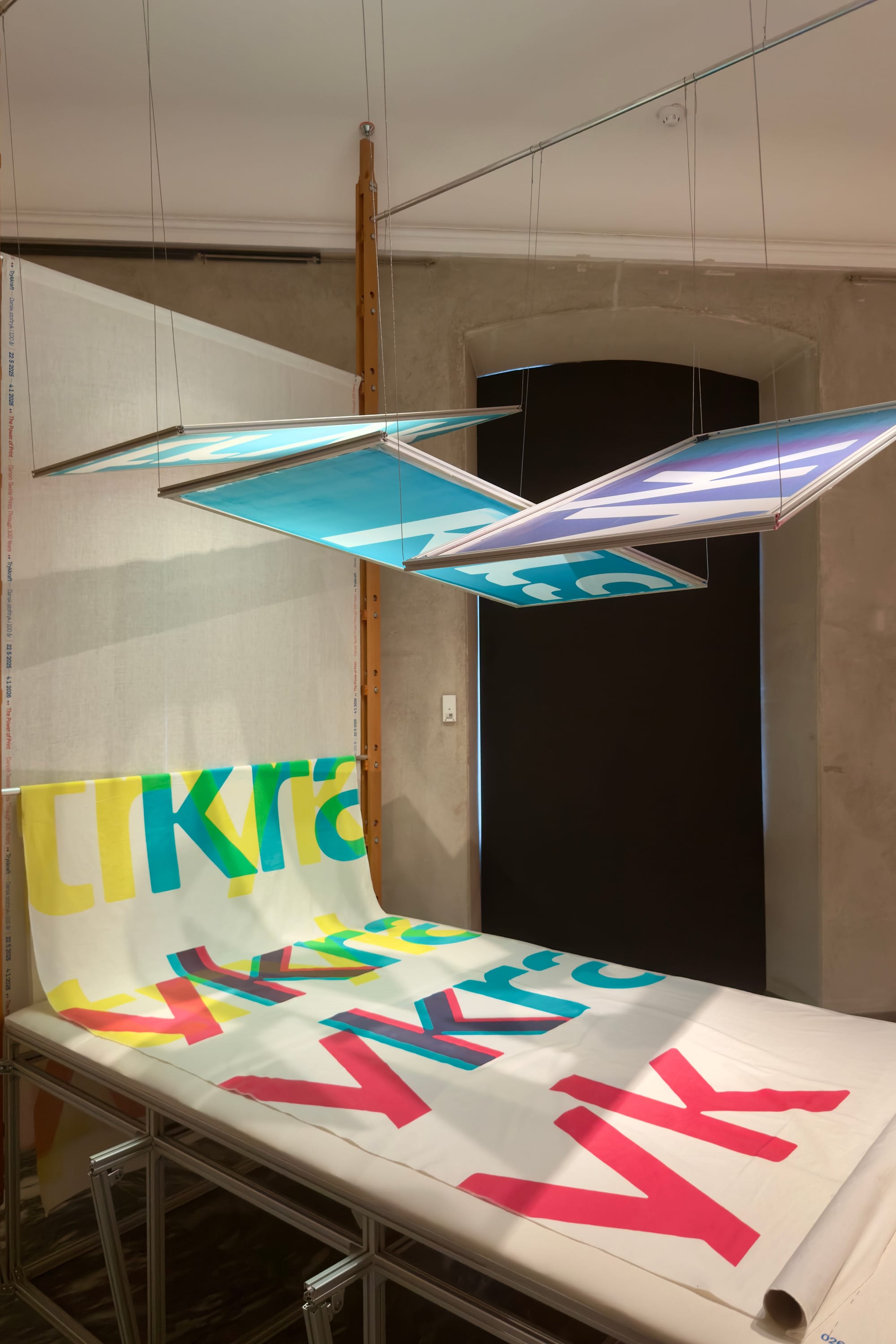
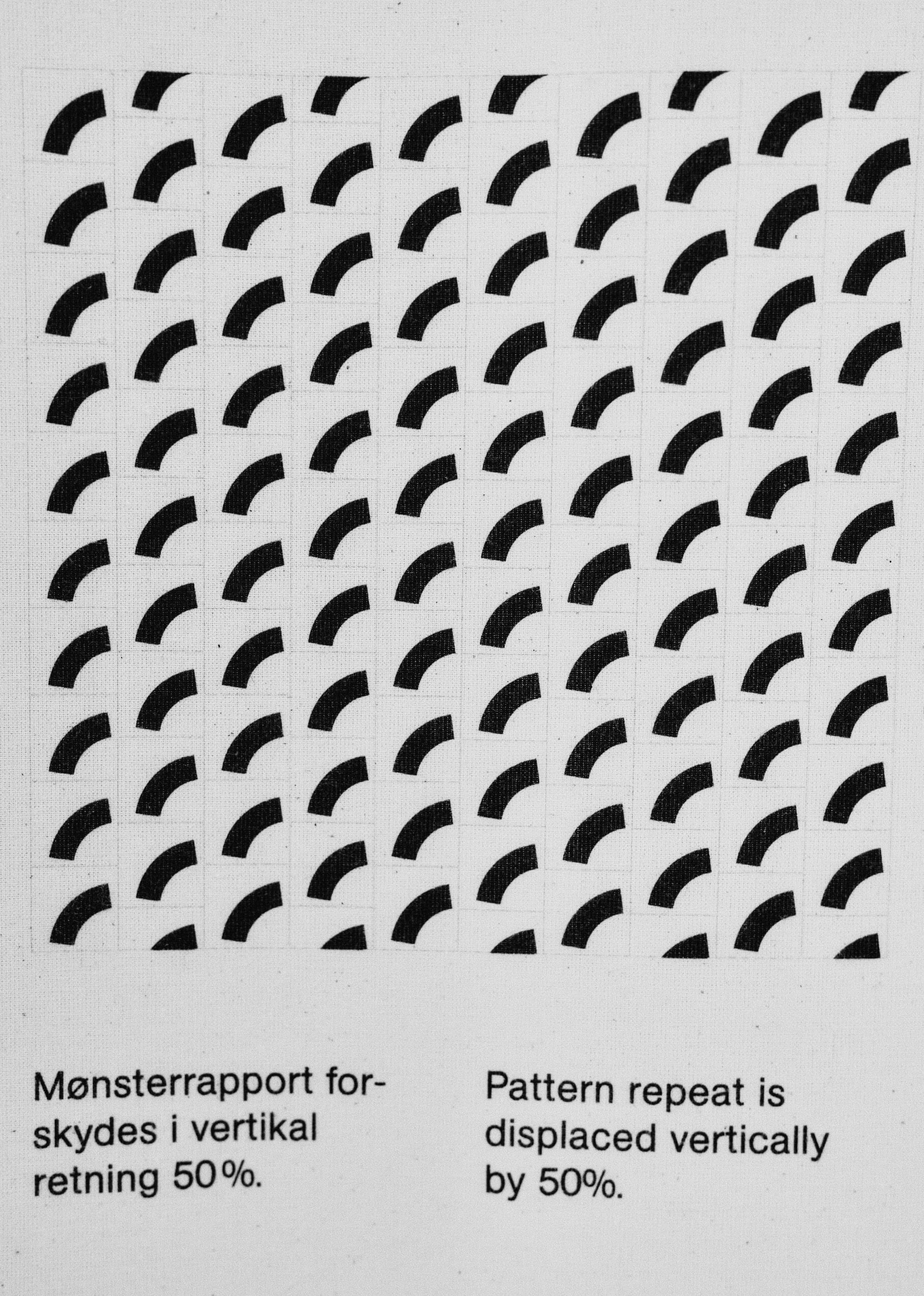
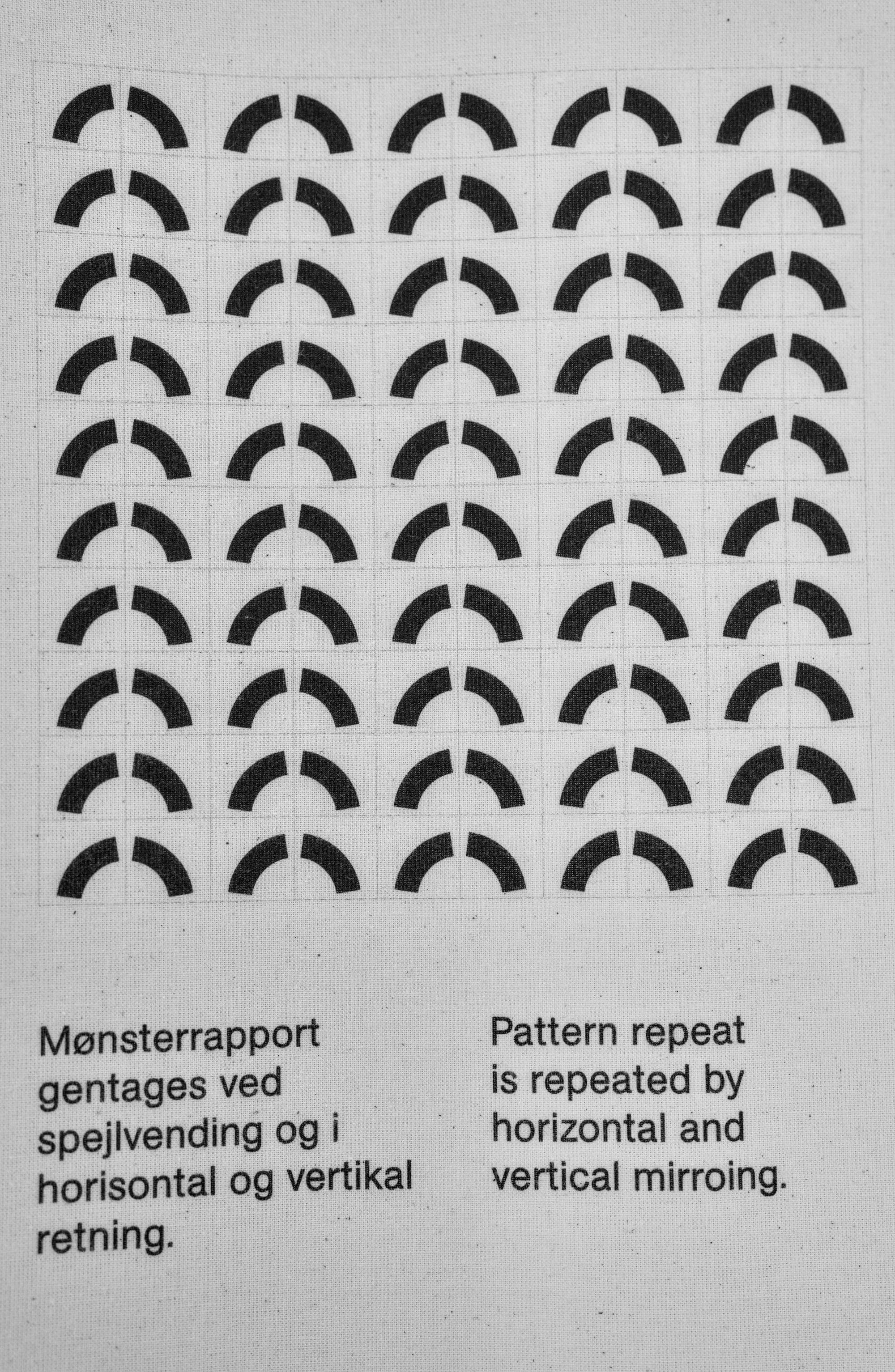
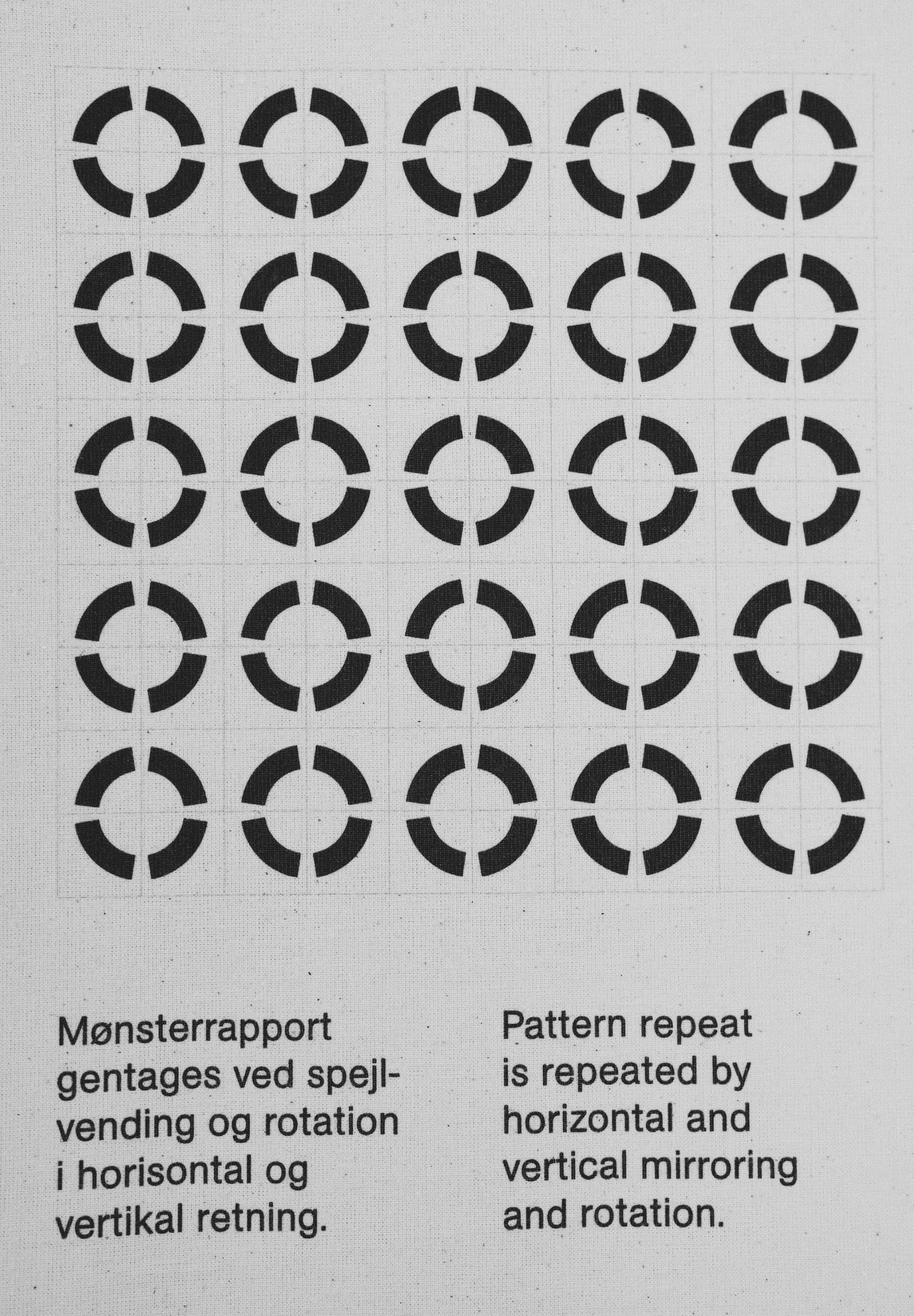
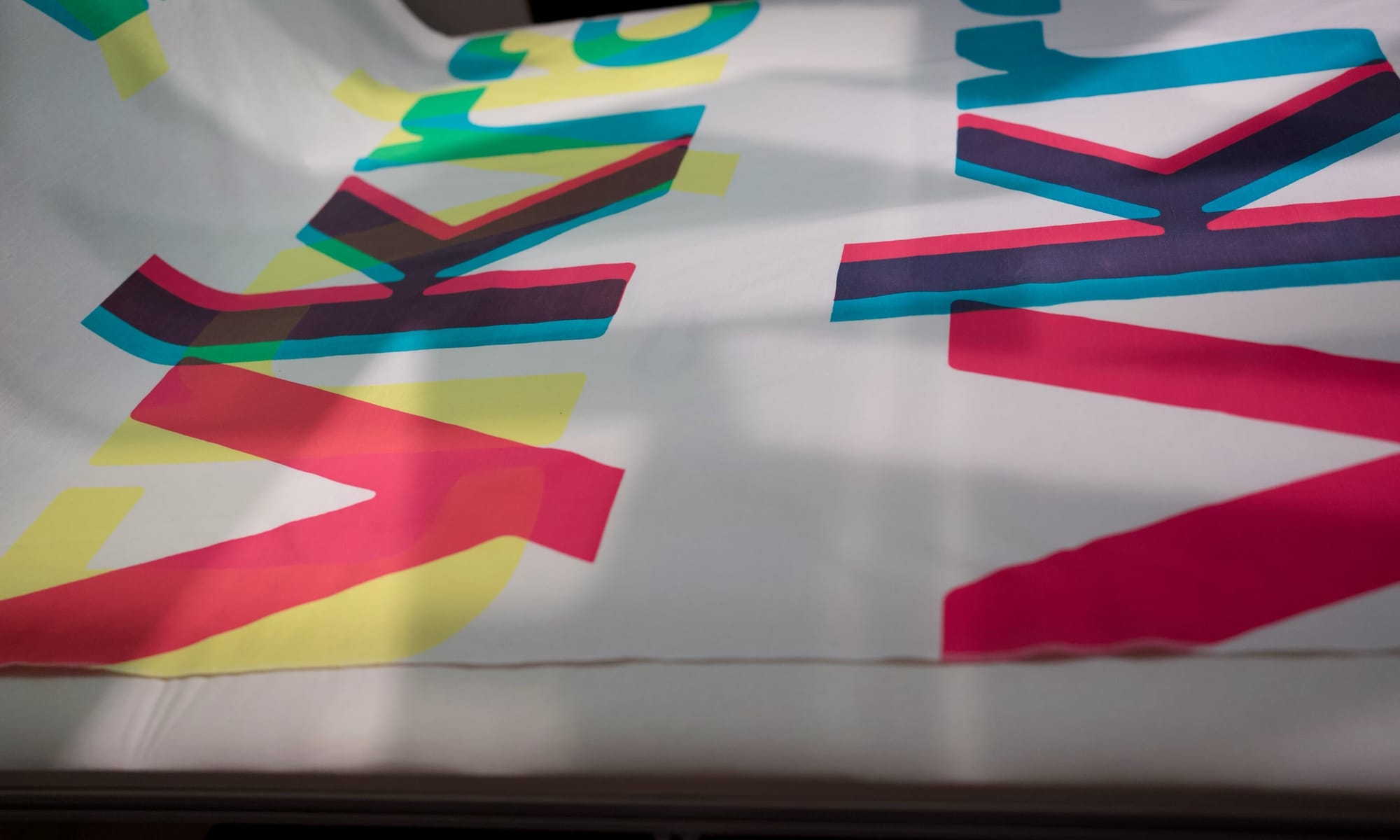
Block printing is one of the oldest manual methods for transferring a pattern to a textile. It is a form of relief print-ing, where the image is defined by the raised areas that remain after the rest has been cut away. The dye is applied by pushing the block into a printing pad with an even distribution of dye. For multi-colour patterns, each colour is printed with a separate block.
